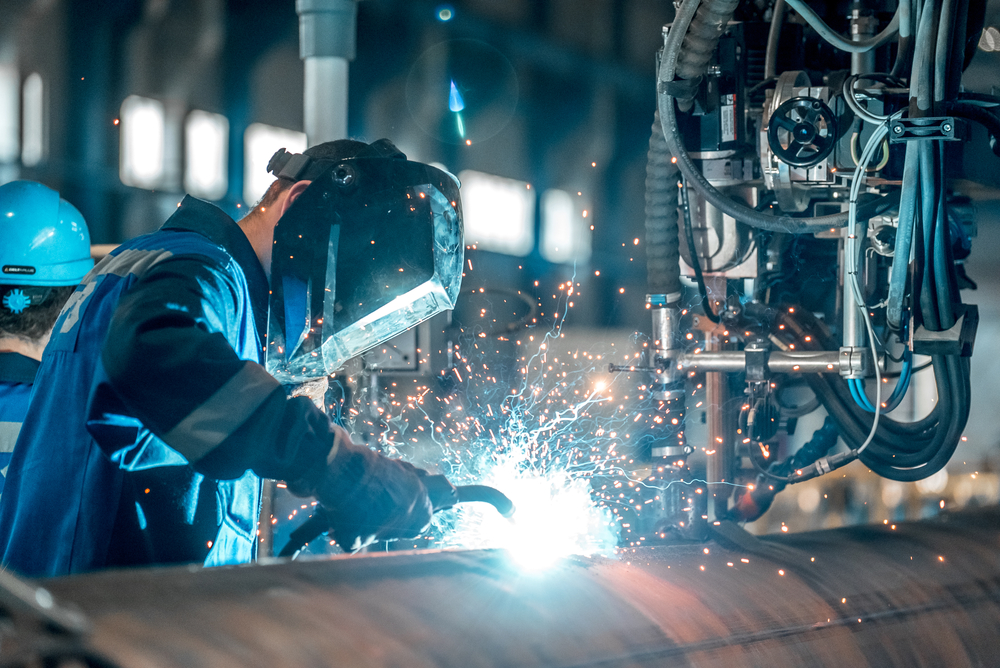Why Are There Worker Shortages in Manufacturing?
Posted on June 7, 2021

According to the latest data, costs to the economy could reach $1 trillion. U.S. factories are in desperate need of a reliable workforce, but workers are not applying.
What is causing the labor shortage? And what can manufacturers do about it?
Manufacturing’s labor challenge
For the manufacturing industry, the past year created a conundrum. The pandemic left many people out of work, but it coincided with a sudden increase in demand for manufactured goods. It sounds like a perfect storm for recruiters, right? Wrong. April 2021 saw 916,000 jobs created in the manufacturing sector, but employers cannot find the workers to fill their open positions. And it’s going to get worse before it gets better. Projections predict an industry shortage of six million employees by 2030.
Manufacturers are ready to get back to work, but surging production goals are hindered by the tight labor market. The Institute for Supply Management reports national factory production activity hit a 37-year high this March, but those promising numbers will fall if the labor shortage prevents industry from meeting growing product demand.
Why is there a labor shortage?
To understand the root cause of the labor shortage, manufacturers must first realize that it didn’t happen overnight. Industry Week writes that the current crisis is a slow burn that’s been closing in for decades:
“It has been at least 25 years since the alarm was sounded on skills shortages in manufacturing and the threat of retiring baby boomers. Just about everyone who follows manufacturing has known about this problem for a long time. So, the question is: Why didn’t we invest in advanced skill training before it became a serious problem?”
For the most part, industry ignored the looming effect of baby boomer retirement and failed to invest in training the next generation of workers. Less than 1% of the total manufacturing workforce receives advanced apprenticeships today. Nearly 25% of the manufacturing industry is staffed by people aged 55 or older.
And there is yet another issue affecting the labor shortage. Industry Week reports that manufacturing wages have been in steady decline since 2007. The average manufacturing job used to pay 20% more than average jobs in other fields. But most manufacturing jobs added in the past decade are lower wage, non-union positions — not ideal for attracting new workers.
Bridging the labor gap
The latest data from Staffing Industry Analysts shows that 71% of manufacturers predict their trouble with recruiting and retaining employees will continue beyond 2021. Given the manufacturing sector’s critical role in U.S. economic health, its labor problems are potentially catastrophic.
Now for the good news: The labor shortage is an opportunity to reinvest in training, identify new talent pools, and rethink recruiting strategy. Companies and trade associations used to offer apprenticeships that kept a steady stream of skilled labor flowing into manufacturing jobs. In the 1980s, the industry adopted leaner practices to adjust to the offshoring of supply chain contracts. Long-term apprenticeship training programs faded away, and low-cost — relatively unskilled — labor filled the resulting gap. Reinvestment in comprehensive training is a significant factor for recruiting new talent and retaining skilled labor.
Four-year college degrees have long been accepted as the standard path for a lucrative career and lifelong success. But the reality no longer lives up to the hype. According to CNBC, 45% of the collegiate class of 2020 is still looking for work — while manufacturing firms have jobs to spare. Recent college graduates are a potential — and largely untapped — source of talent, particularly if job offers include apprentice and/or journeyman training.
Pandemic-related layoffs created another prospective labor resource. The average manufacturing job pays $16 per hour, typically much higher than food service, retail, or hotel industry jobs. Manufacturing positions that could offer higher wages, specialized training, and job security are especially appealing to those anxious to get back to work.
The manufacturing labor shortage is a chance — and a challenge — disguised as a problem. The solution is a fresh approach to recruiting combined with old-school ideas about training and retaining workers.
TERRA Staffing Group partners with employers to rethink and rebuild the manufacturing workforce. Find one our branches today!
Categories: Employee Engagement Ideas
Tags: hr, manufacturing, recruiting






